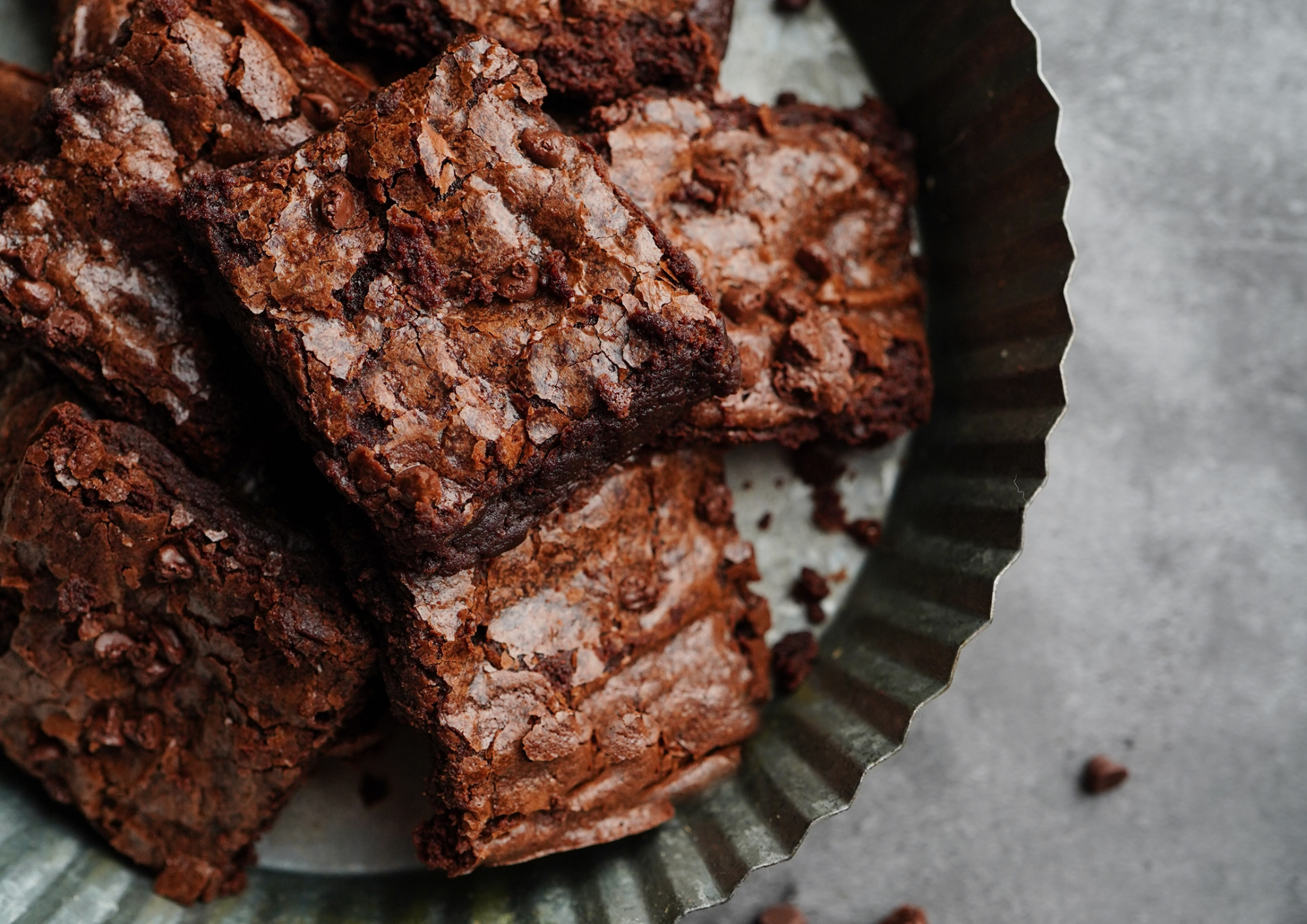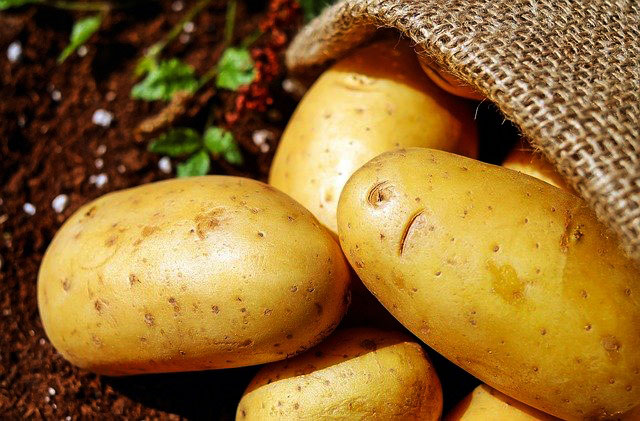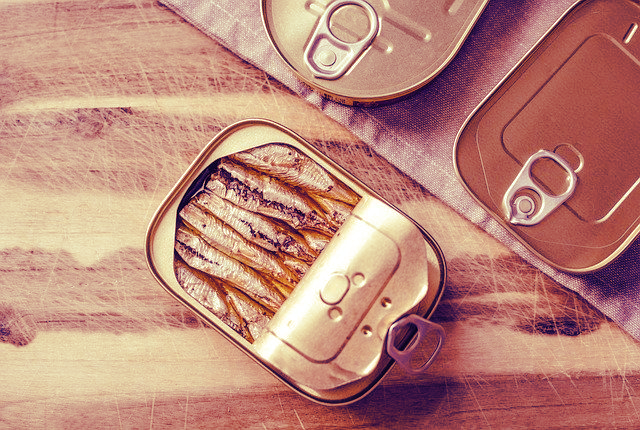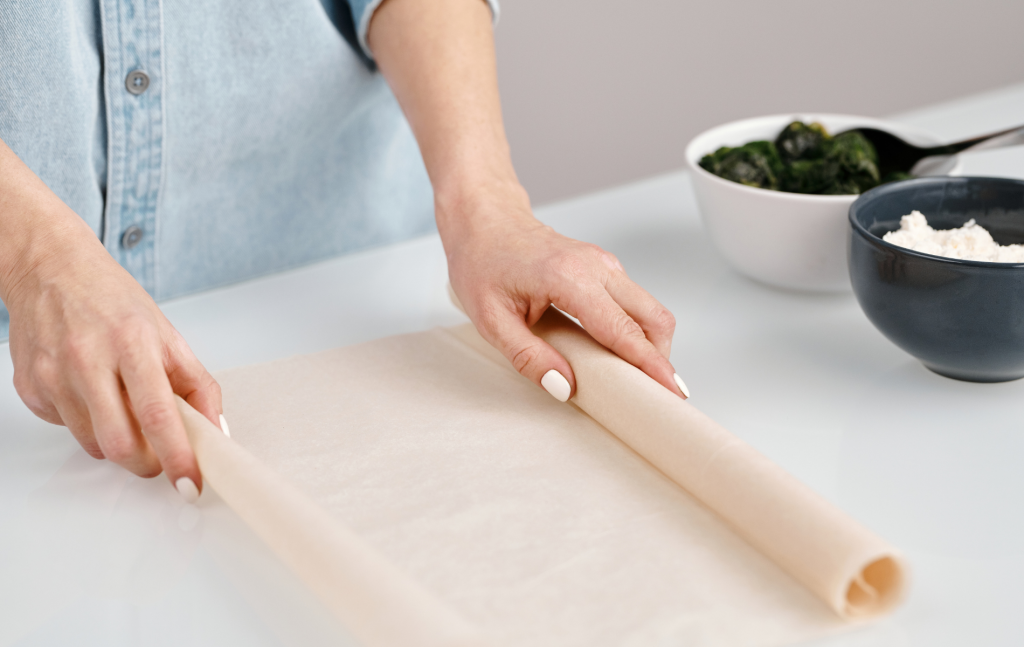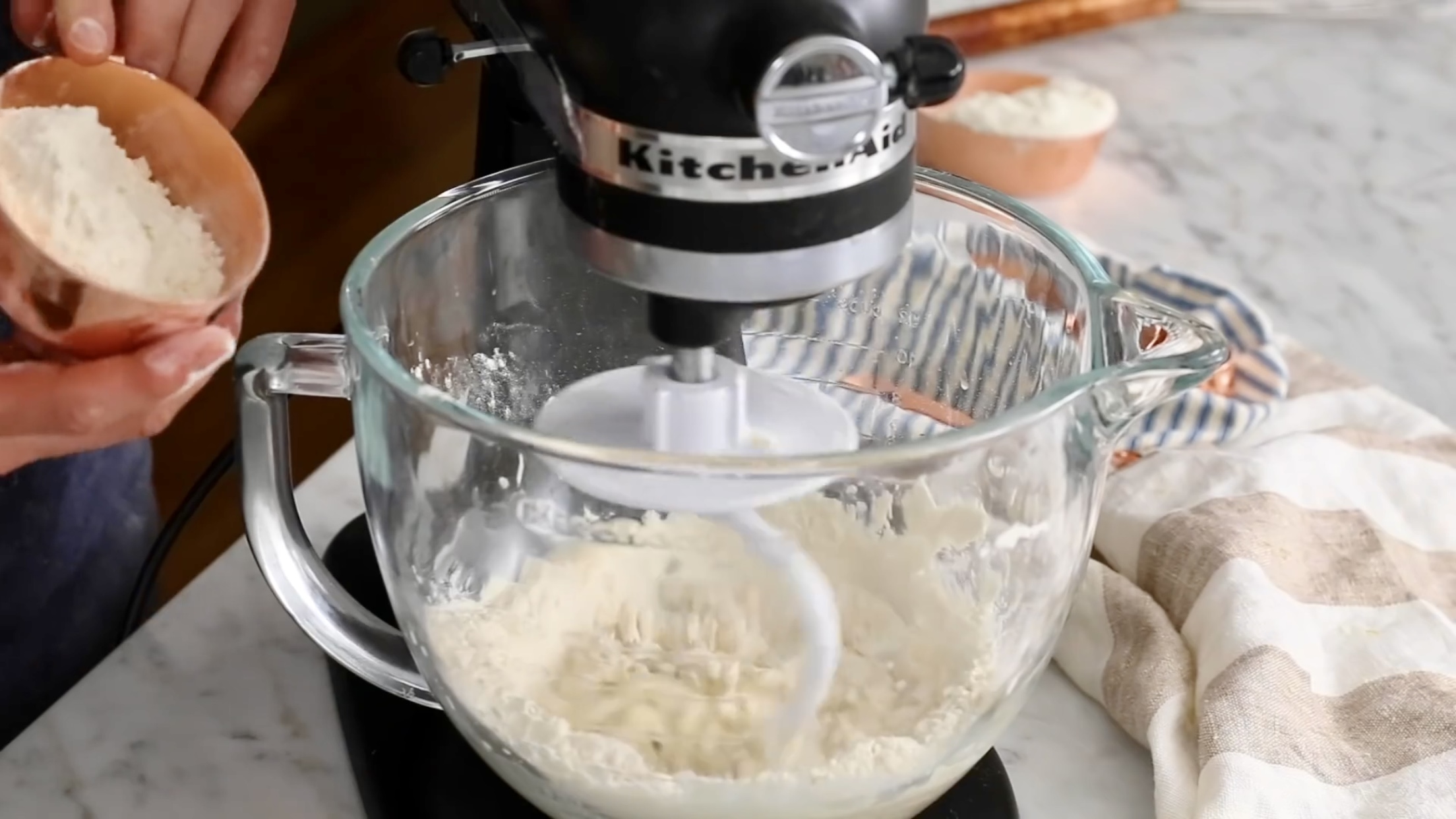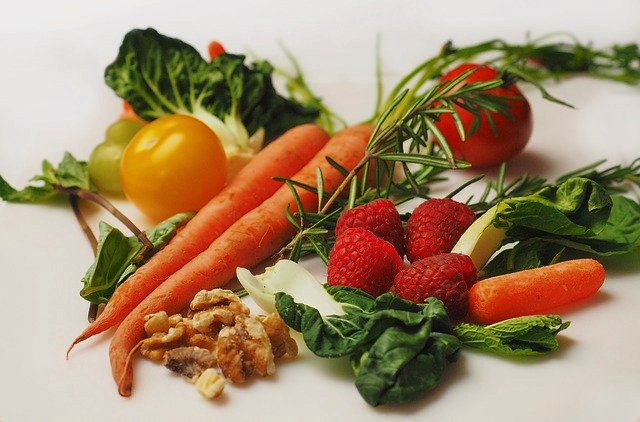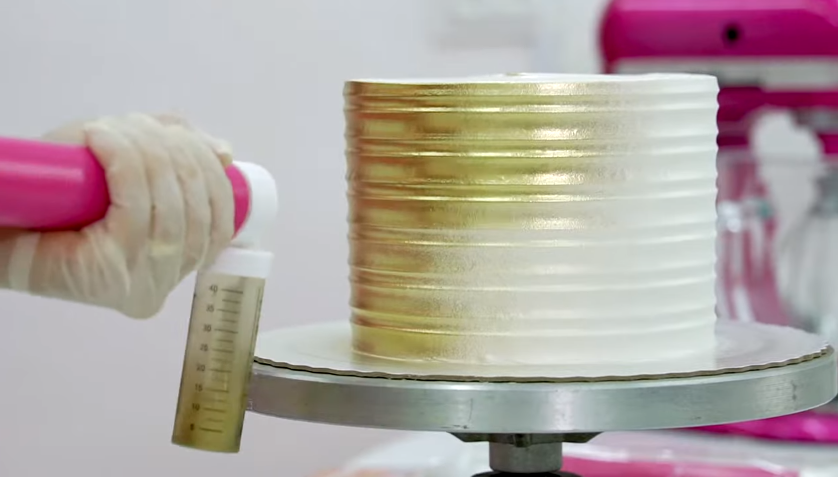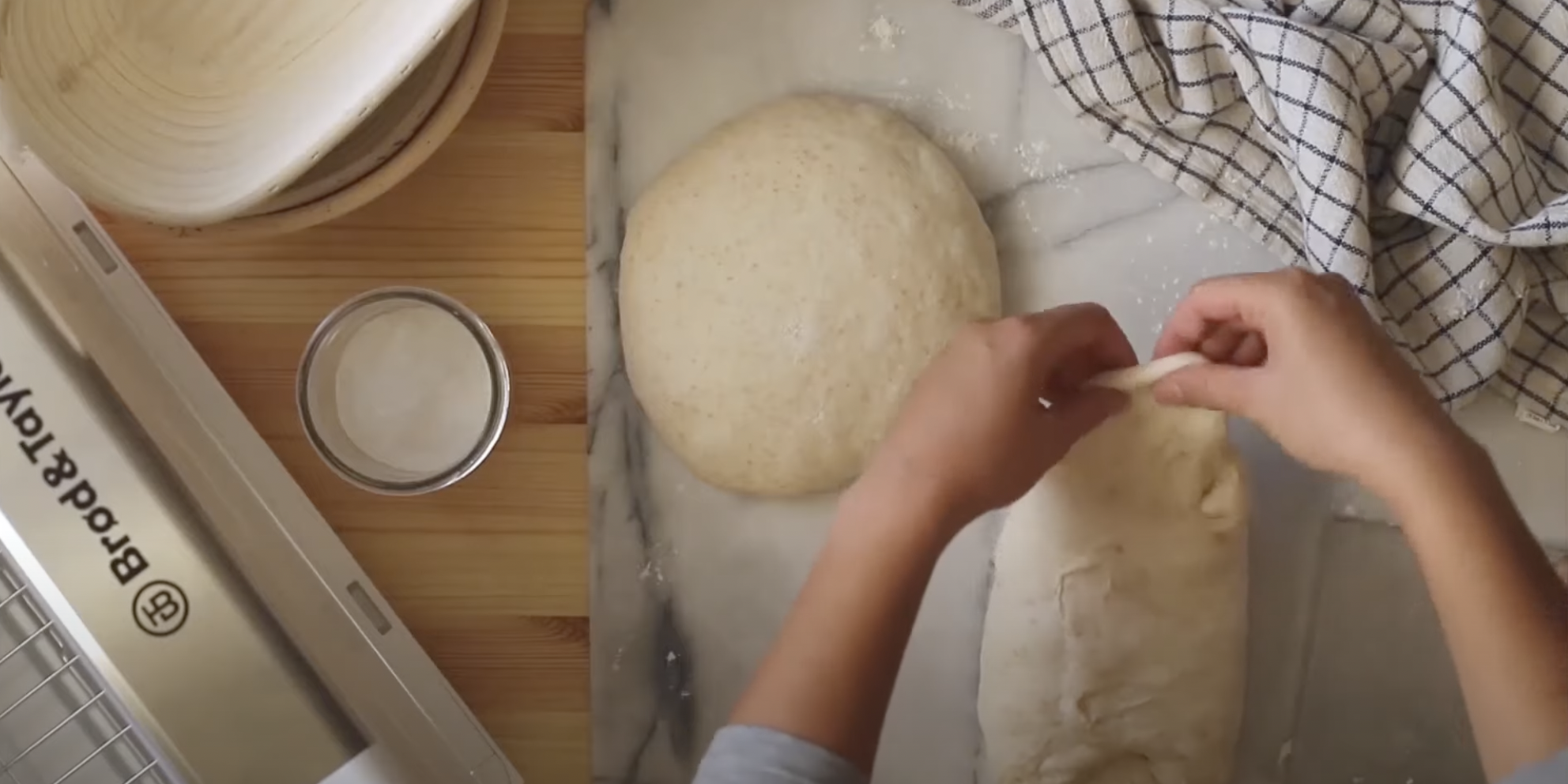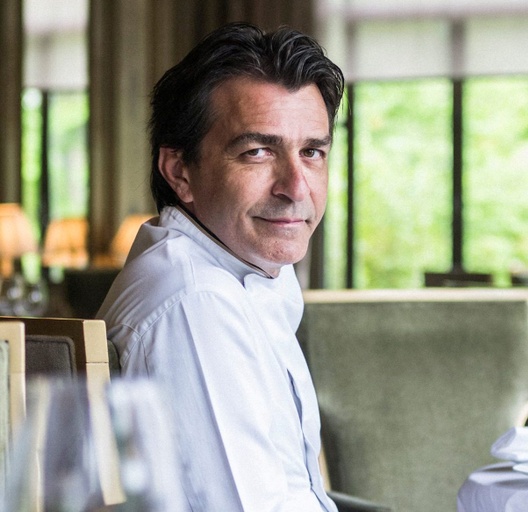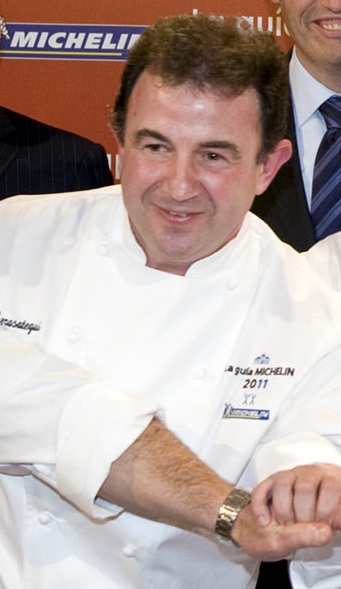Are you worried about the chemicals lurking in your pots and pans? You’re not alone. Many home cooks want to make healthier choices in the kitchen but feel overwhelmed by the countless cookware options. Thankfully, switching to non-toxic cookware can help you avoid potential health risks associated with certain coatings and materials. In this article, we’ll explore the top non-toxic cookware brands, highlight why safe cookware matters, and show you exactly what to look for—so you can cook your favorite meals without the worry.
What Does “Non-Toxic” Mean in Cookware?
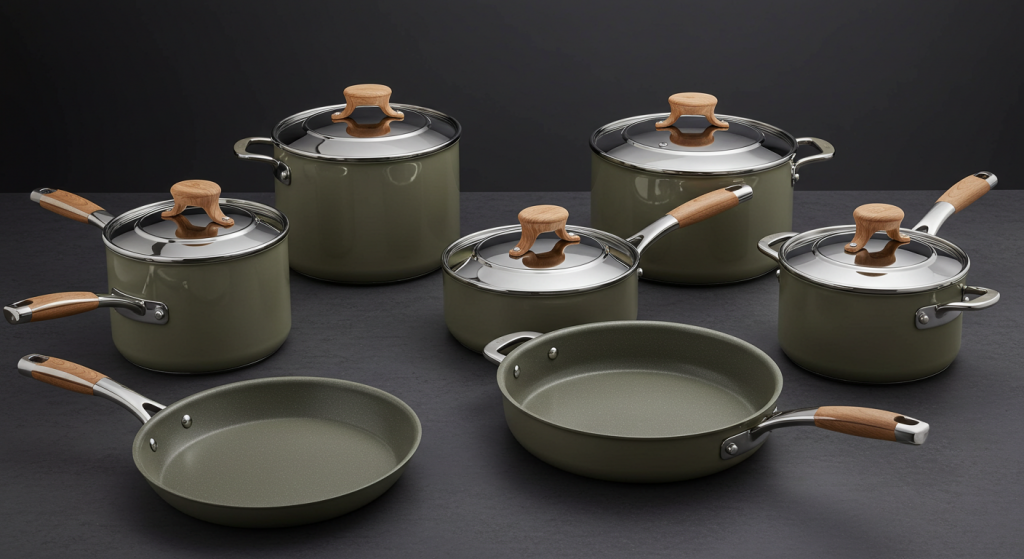
“Non-toxic” cookware is free from harmful chemicals like PFOA, PFOS, lead, cadmium, and other substances that might leach into your food over time. According to the U.S. Food and Drug Administration (source), certain chemical coatings can degrade at high heat, making it crucial to choose cookware made from safer materials.
Why Does Safe Cookware Matter?
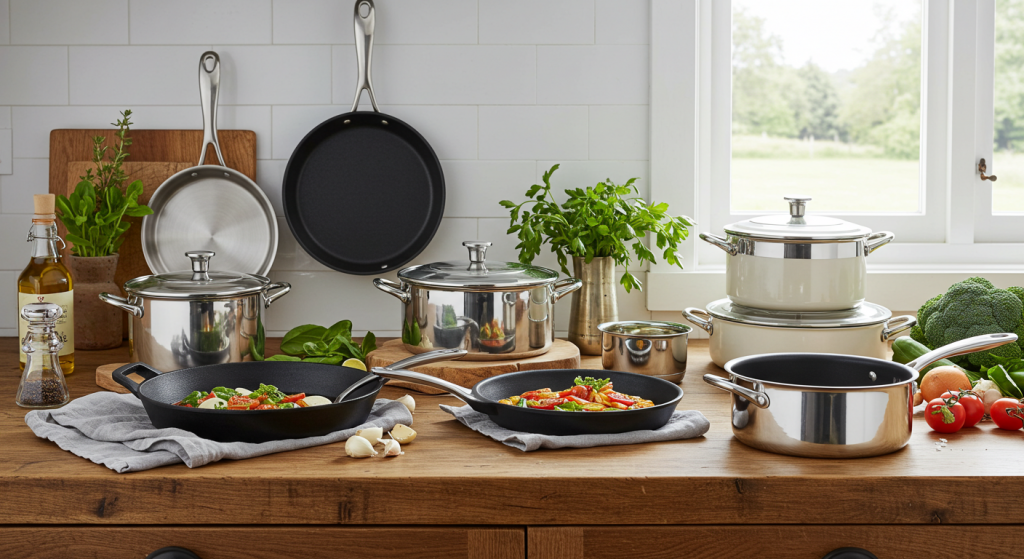
Long-term exposure to toxic substances can pose health risks. For instance, the U.S. Centers for Disease Control and Prevention (source) warns that PFAS (per- and polyfluoroalkyl substances) can linger in the environment and the human body for extended periods. Using cookware made from genuinely non-toxic materials helps minimize the chance of chemicals ending up on your plate.
Key Features of Non-Toxic Cookware
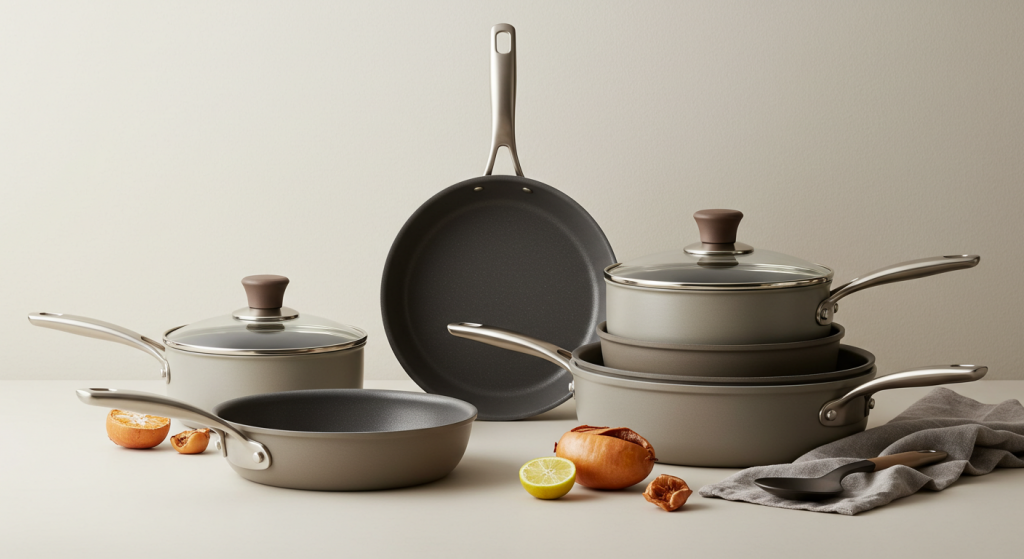
1. Materials
Non-toxic cookware often uses materials like stainless steel, cast iron, glass, ceramic, or carbon steel. Each has its own strengths:
| Material | Pros | Cons |
|---|---|---|
| Stainless Steel | Durable, lightweight, scratch-resistant. | Lower heat retention compared to cast iron. |
| Cast Iron | Excellent heat retention, naturally nonstick when seasoned. | Heavy and requires maintenance (seasoning). |
| Ceramic | No metal or synthetic coatings, easy to clean. | More fragile, can crack with rapid temperature changes. |
| Glass | Nonporous, easy to see food as it cooks, no metal leaching. | Not ideal for stovetop frying, can break if dropped. |
| Carbon Steel | Lightweight version of cast iron, naturally nonstick when seasoned. | Requires seasoning and careful cleaning. |
2. Manufacturing Standards
Trustworthy brands often follow strict manufacturing guidelines and third-party testing. Look for labels like “PFOA-free,” “PFOS-free,” or certifications from recognized bodies such as NSF International. Major companies also publish test results or partner with labs to ensure safety standards are met.
3. Durability and Maintenance
Non-toxic cookware is an investment. Consider how much maintenance you’re willing to do. Cast iron and carbon steel require seasoning, while stainless steel and ceramic are relatively low-maintenance. Durability matters because worn-out surfaces can expose you to metals or coatings.
Top Non-Toxic Cookware Brands
Below are some of today’s most reputable brands when it comes to safe, non-toxic cookware. Each offers high-quality, chemical-free options to fit various cooking styles.
1. Lodge

One Lodge Pre-Seasoned Cast Iron 5 Piece Set
Cast iron cover features self-basting tips
Easy-grip handles for secure control
Unparalleled heat retention and even heating
Pre-seasoned with 100% natu...
Material Focus: Cast Iron
Why It’s Great:
- Lodge has been around since 1896, known for its traditional cast iron skillets.
- Their products are seasoned with natural vegetable oil, eliminating synthetic coatings.
- Cast iron from Lodge can last for generations with proper care.
Maintenance Tip: Keep your skillet dry to prevent rust. A quick seasoning after each use can maintain its nonstick surface for years.
2. Le Creuset

Triple-reinforced surface that is now 4x stronger
Textured interior promotes browning and searing for exceptional flavor — and easily wipes clean
Hard anodized aluminum construction allows for quic...
Material Focus: Enameled Cast Iron
Why It’s Great:
- Le Creuset’s iconic enameled cast iron is free from harmful toxins, as the enamel coating is glass-like and nonporous.
- Outstanding heat distribution and retention.
- A broad range of colors and designs to brighten up your kitchen.
Maintenance Tip: Avoid using abrasive cleaners on the enamel. Warm water, mild soap, and a soft sponge usually do the trick.
3. Xtrema
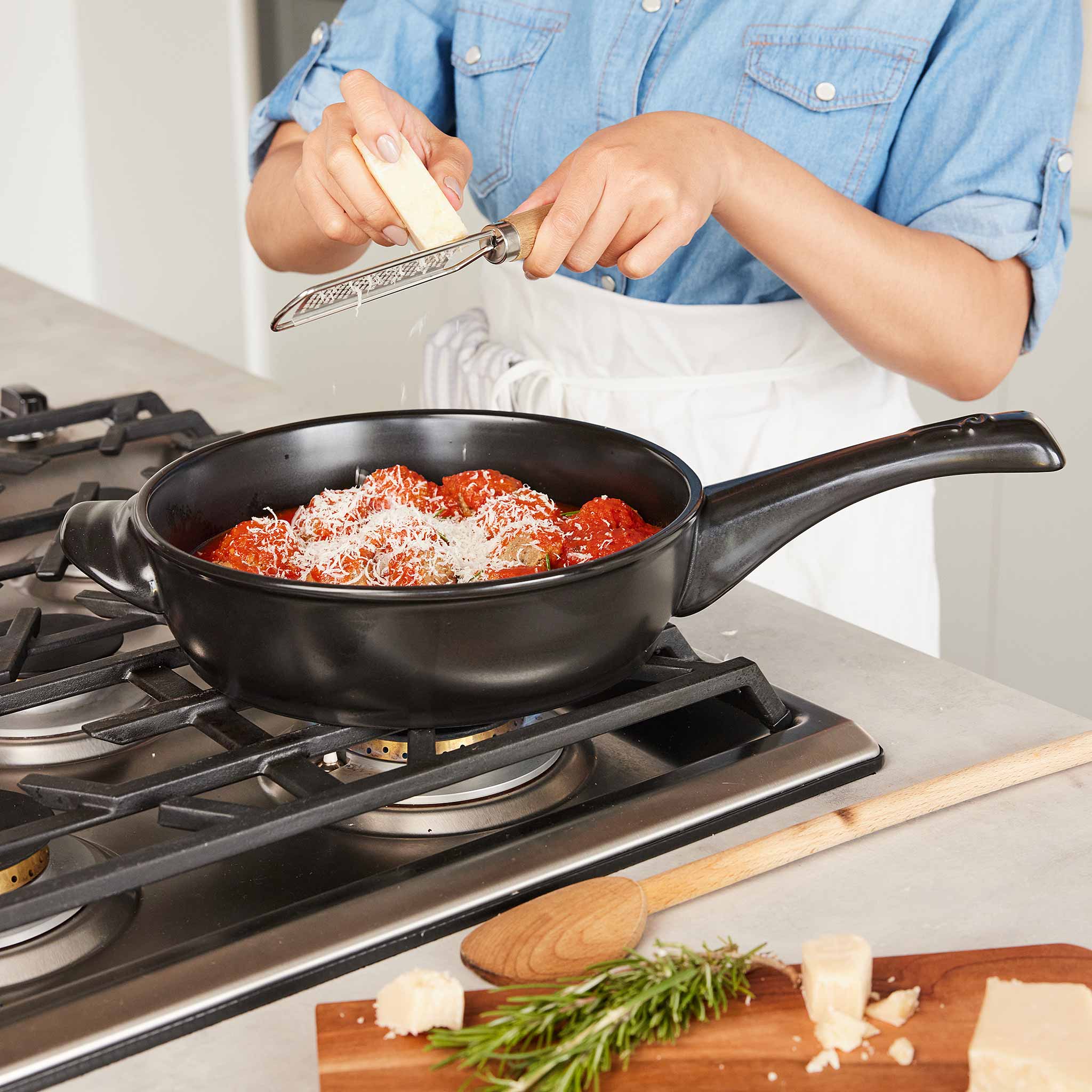
Material Focus: 100% Ceramic
Why It’s Great:
- Xtrema cookware is tested for heavy metals like lead and cadmium.
- Pure ceramic pieces are non-reactive and safe for high-heat cooking.
- Ideal for people who want an all-natural, metal-free solution.
Maintenance Tip: Let ceramic cookware cool gradually to minimize the risk of cracking.
4. Caraway

FRYING PAN SET: The perfect cookware bundle, featuring two 10.5” Fry Pans, one 8” Fry Pan, and three Glass Lids fitting to each pan. Perfect for single serve eggs, dinners for the family, and more!...
Material Focus: Ceramic Nonstick
Why It’s Great:
- Caraway uses a mineral-based ceramic coating that is free from PTFE, PFOA, and PFAS.
- Its pans distribute heat evenly and are easy to clean.
- Stylish designs fit modern kitchens nicely.
Maintenance Tip: Use low to medium heat to prolong the life of the ceramic coating. Avoid metal utensils to prevent scratches.
5. All-Clad

This All-Clad HA1 Hard Anodized Nonstick cookware set includes 8 and 10 inch Fry Pans, 2 5 quart and 3 5 quart covered Sauce Pans, 4 quart covered Sauté Pan, and 8 quart covered stockpot
High Quali...
Material Focus: Stainless Steel
Why It’s Great:
- All-Clad offers stainless steel cookware manufactured in the USA under strict guidelines.
- Multilayer construction ensures even heating without the need for chemical nonstick coatings.
- Durable enough for professional kitchens.
Maintenance Tip: If food sticks, let your pot soak and use a non-abrasive scrubber. Burnt spots can often be removed with a mixture of baking soda and water.
6. GreenPan

BOBBY FLAY x GREENPAN: Legendary chef Bobby Flay partnered with GreenPan to create innovative cookware that brings pro cooking to any home
SET INCLUDES: 1.68QT saucepan with lid, 2.54QT saucepan wi...
Material Focus: Ceramic Nonstick
Why It’s Great:
- GreenPan’s Thermolon coating is free of PFAS, PFOA, lead, and cadmium.
- The brand focuses on eco-friendly production methods.
- Offers a wide variety of cookware lines, suitable for different budgets.
Maintenance Tip: Hand washing is preferred to extend the life of the nonstick coating.
FAQs
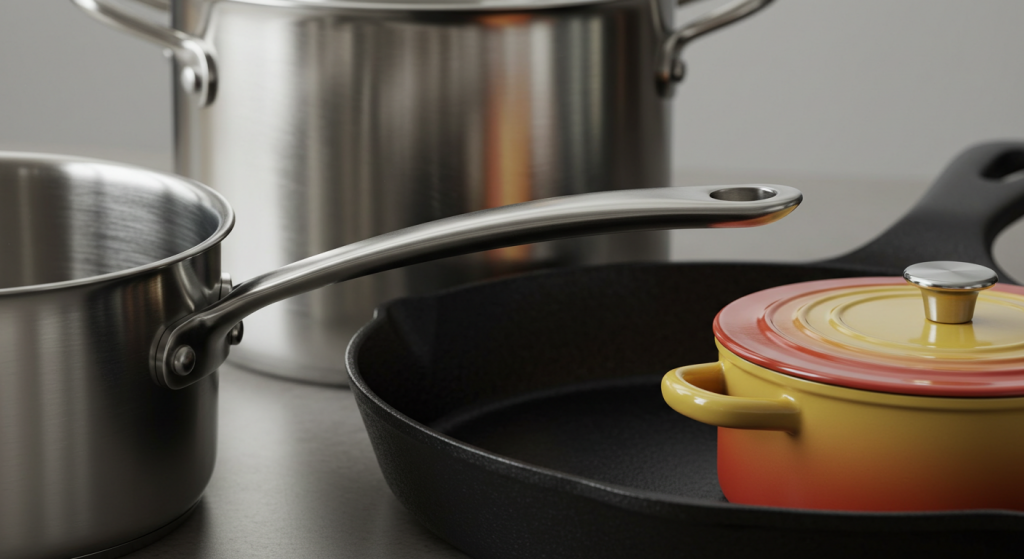
Is Non-Toxic Cookware Really Worth the Investment?
Yes, especially if you’re concerned about long-term health. According to a report from The New York Times, older or lower-quality nonstick pans may flake or degrade over time. Investing in a top non-toxic cookware brand gives you peace of mind and often lasts longer than cheaper, chemical-laden options.
Are All “Ceramic” Pans the Same?
Not necessarily. Some pans labeled “ceramic” still use coatings that contain bonding agents or chemicals. Pure ceramic (like Xtrema) differs from ceramic nonstick (like Caraway or GreenPan). Always read product descriptions and look for independent lab testing.
Can I Cook on High Heat?
It depends on the material. Cast iron, enameled cast iron, and stainless steel can handle higher temperatures. Ceramic coatings generally perform best at medium heat. Excessively high heat can damage nonstick surfaces, even if they’re free from traditional toxins.
Practical Formula for Choosing the Best Non-Toxic Cookware
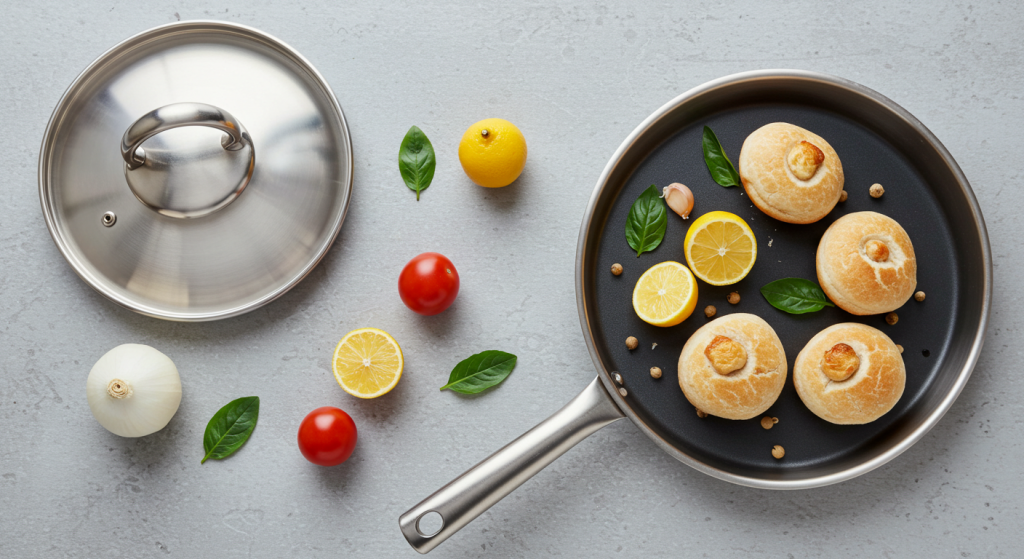
Finding the perfect pan or pot can feel complicated, but you can use a simple formula to guide you: Safety Score=Material Quality+Independent Testing+Brand ReputationMaintenance Requirements\text{Safety Score} = \frac{\text{Material Quality} + \text{Independent Testing} + \text{Brand Reputation}}{\text{Maintenance Requirements}}
- Material Quality: Is it cast iron, stainless steel, or pure ceramic?
- Independent Testing: Has the brand published results from third-party labs?
- Brand Reputation: Does the brand have a track record for safety and transparency?
- Maintenance Requirements: Will the cookware fit into your routine, or is it too high-maintenance?
A higher Safety Score suggests the brand is likely to be safer and more convenient over the long run.
How to Extend the Life of Your Non-Toxic Cookware
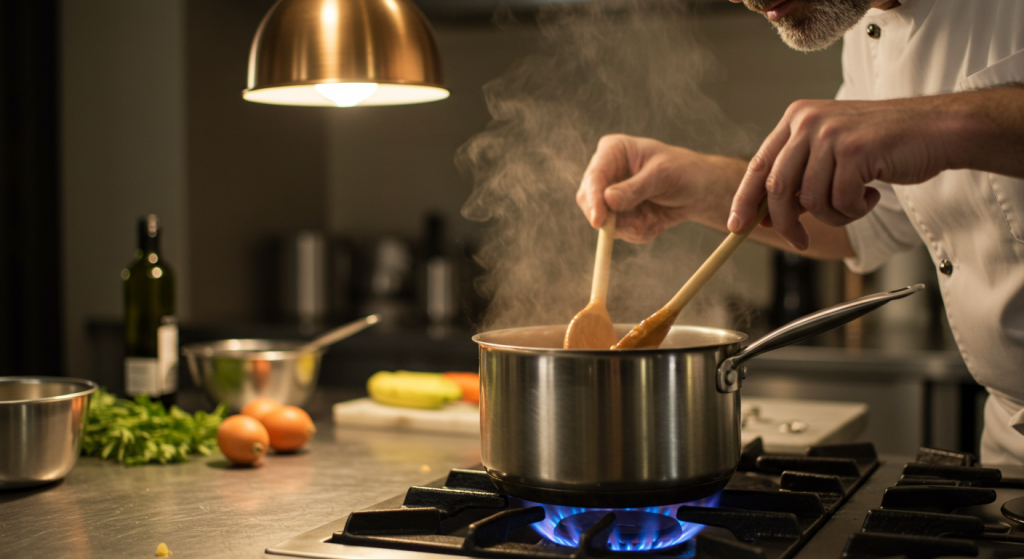
- Use the Right Utensils: Wooden or silicone utensils help preserve nonstick surfaces and enameled coatings.
- Cook on Moderate Heat: Most non-toxic surfaces don’t require high temperatures. Medium heat often works best.
- Hand Wash: Although many claim to be dishwasher-safe, gentle hand washing can extend the cookware’s lifespan.
- Avoid Abrasives: Harsh scrubbers and steel wool can damage surfaces. Opt for soft sponges or cloths instead.
- Store Carefully: Nesting pots and pans can cause scratches. Place a soft cloth or pan protector between stacked items.
Conclusion
Investing in top non-toxic cookware brands is a practical way to prioritize your family’s well-being. Safer materials like cast iron, stainless steel, and ceramic help you avoid potentially harmful chemicals while giving you durable, high-performing kitchen tools. When shopping, pay attention to labels, manufacturing standards, and third-party testing to ensure you’re getting genuine chemical-free cookware.
Whether you’re a newbie looking for a single skillet or an experienced cook wanting to replace an entire set, there’s a non-toxic option out there for you. Start by evaluating your cooking habits and kitchen routine. Then pick the brand that aligns with your budget, style, and maintenance preferences. By making a mindful choice today, you’ll set yourself up for healthier, worry-free cooking sessions for years to come.
Making the switch might seem like a small change, but it can have a big impact on your peace of mind—and the overall quality of your cooking. Happy, healthy cooking!
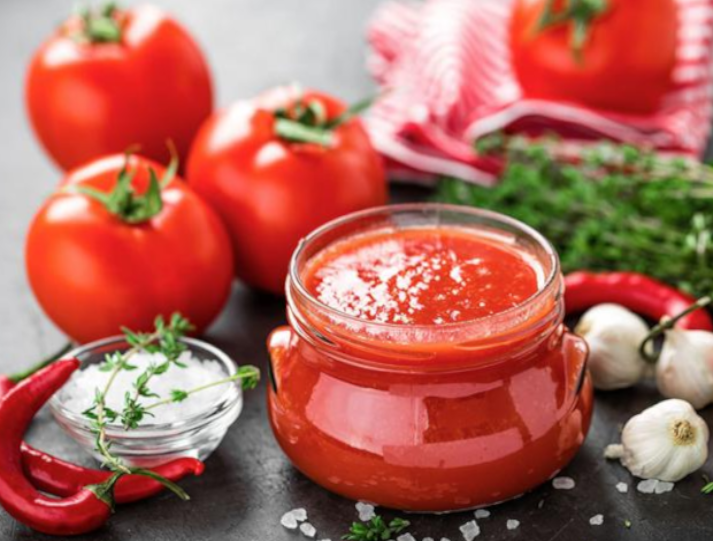
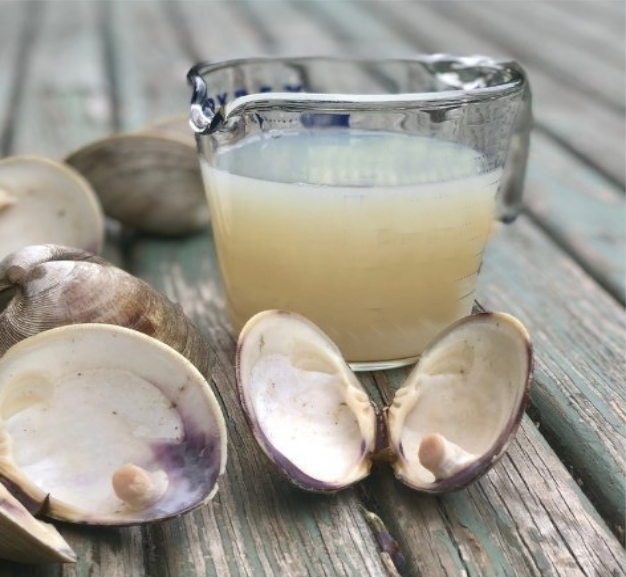
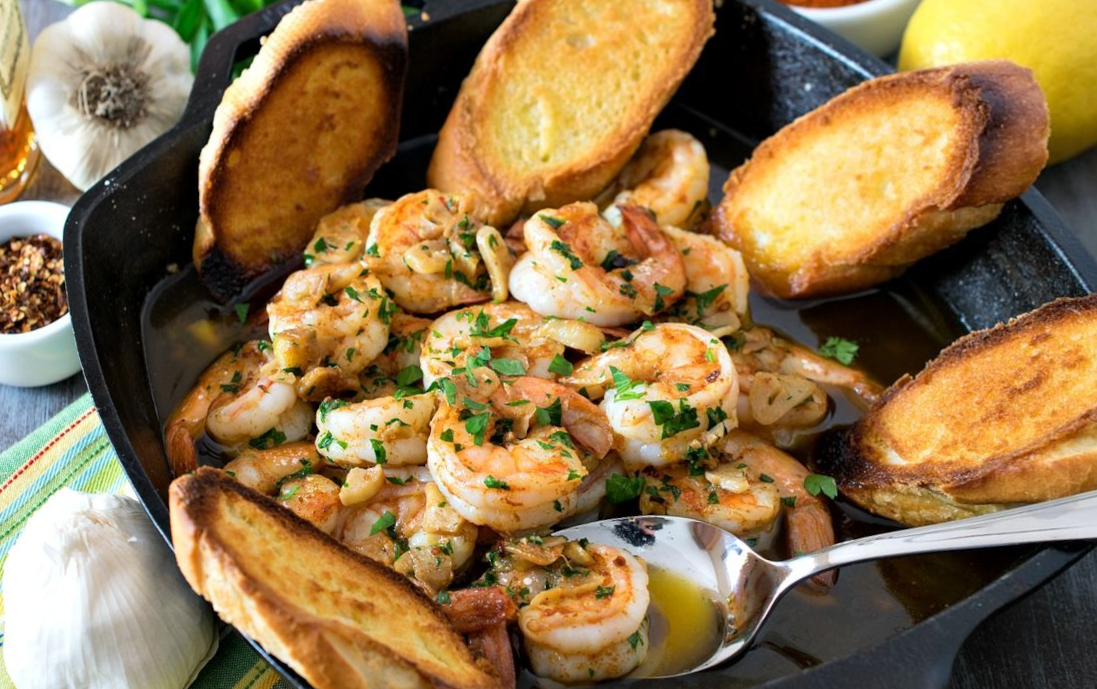

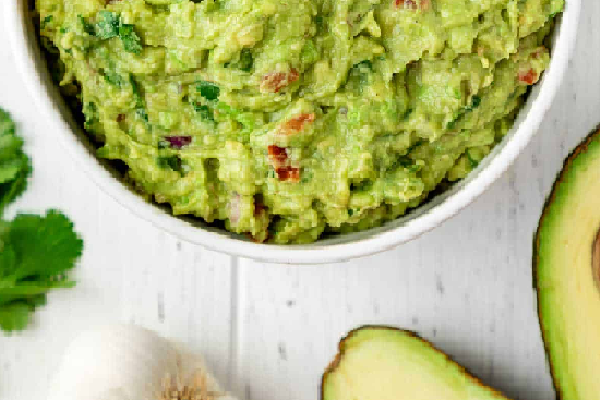
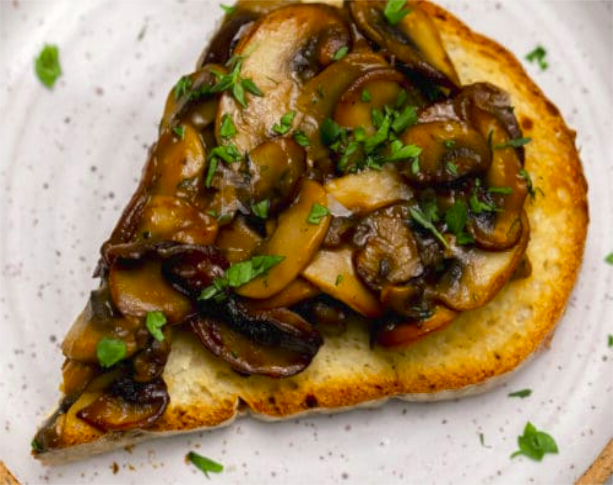
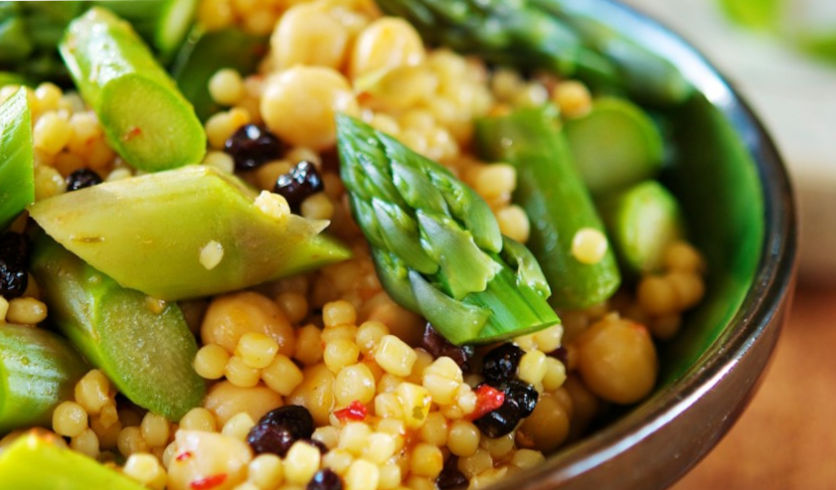
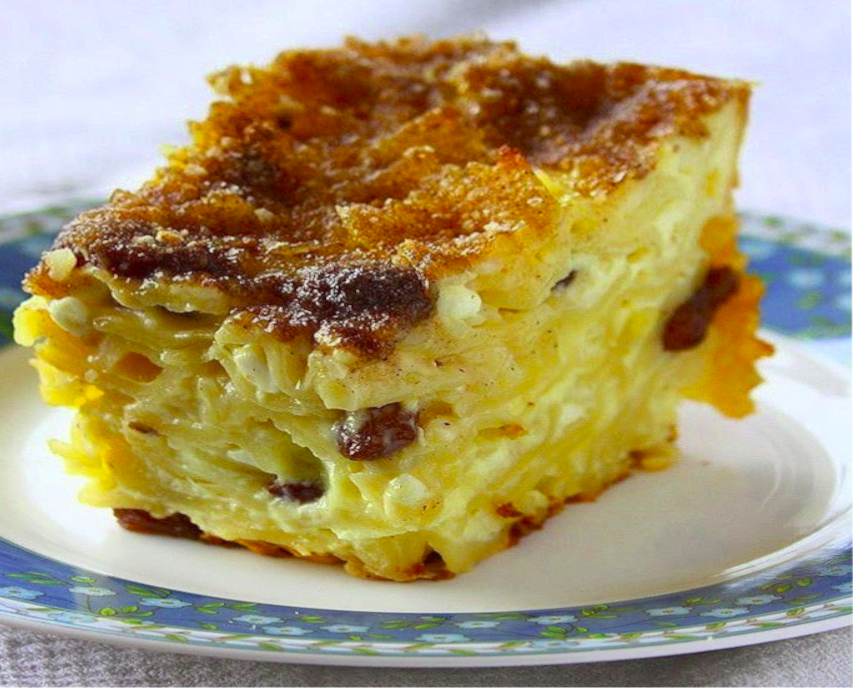
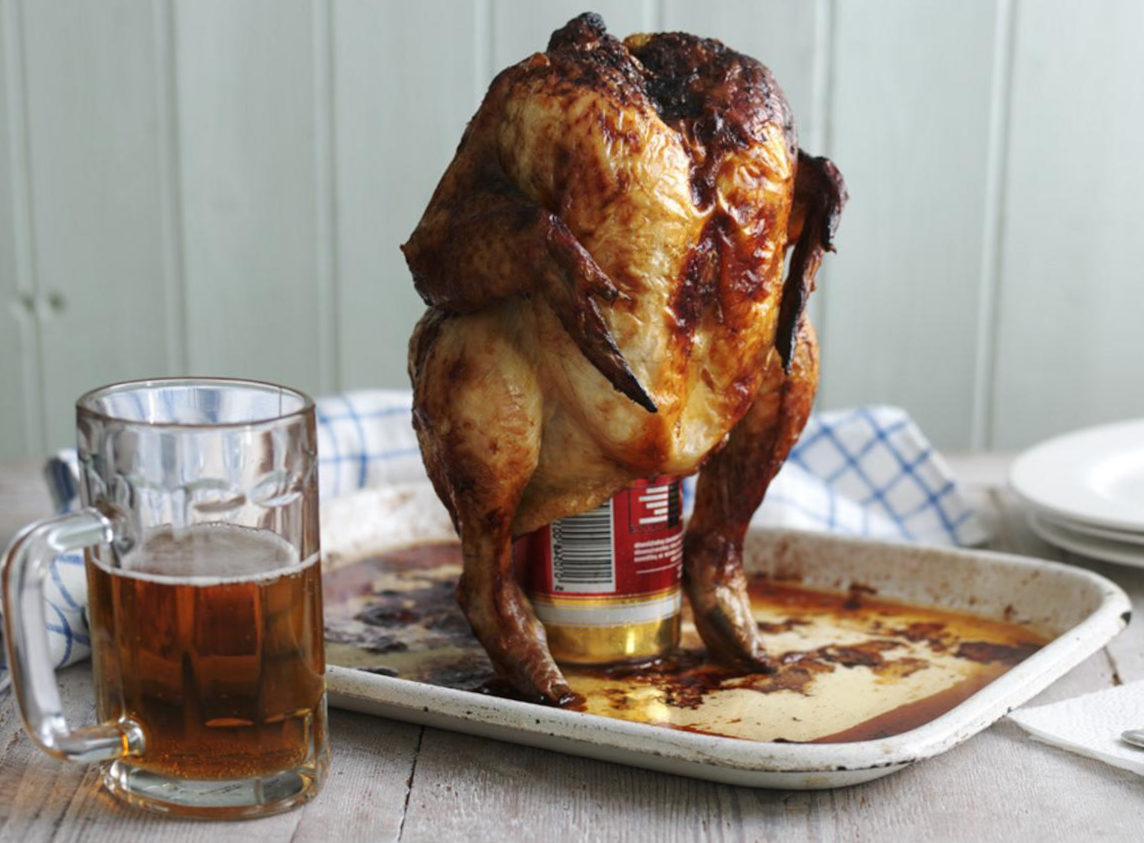
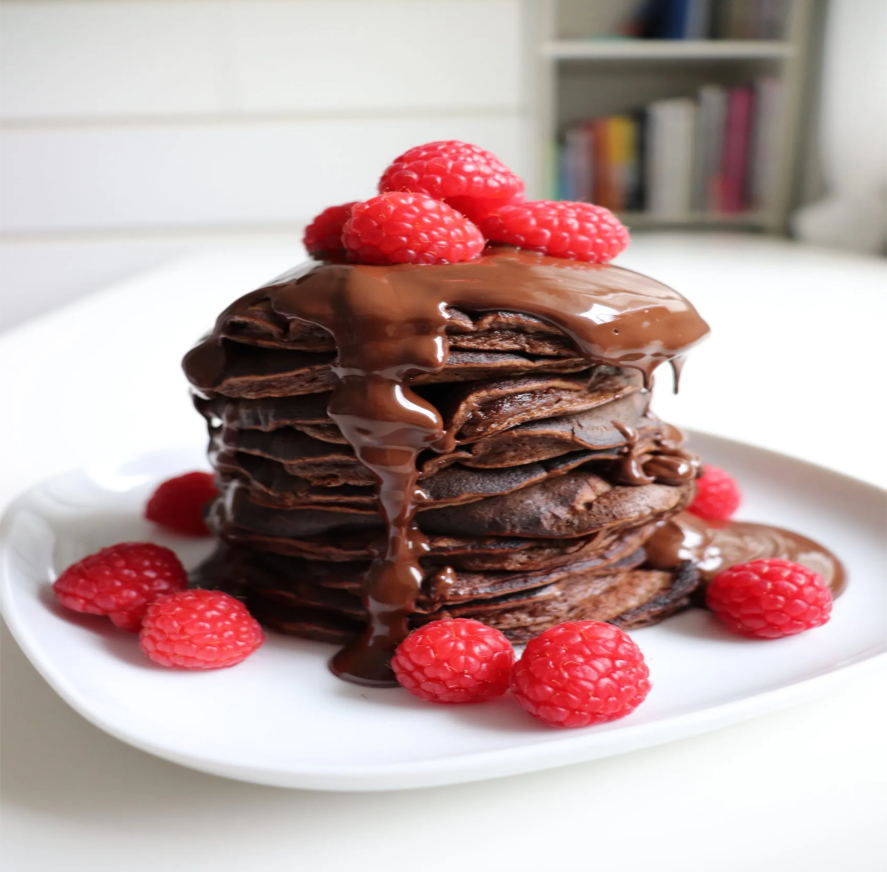
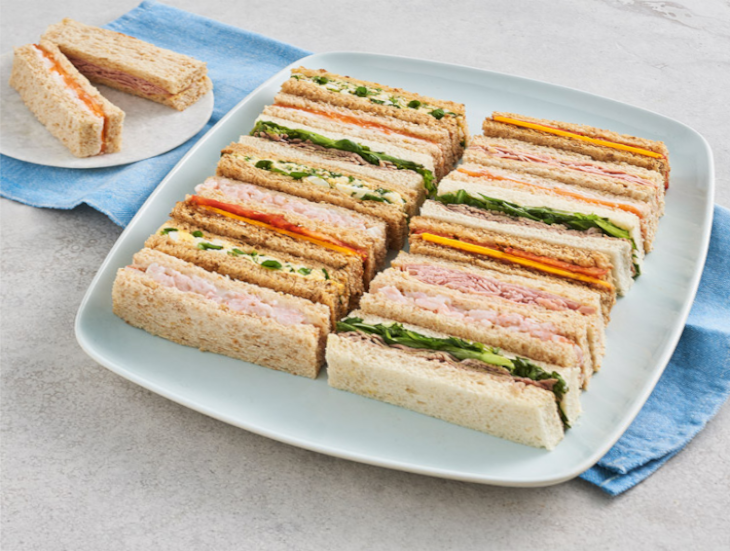



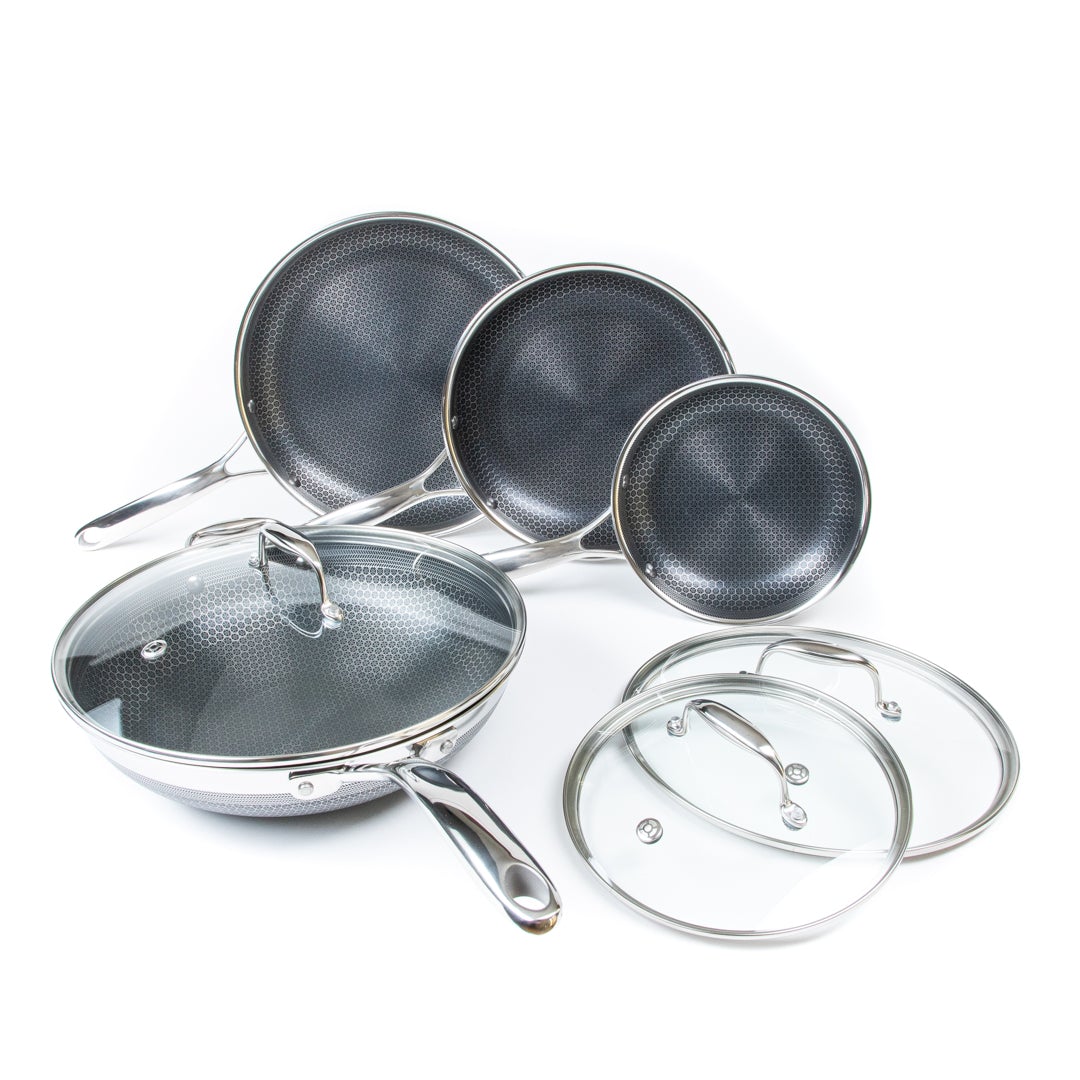
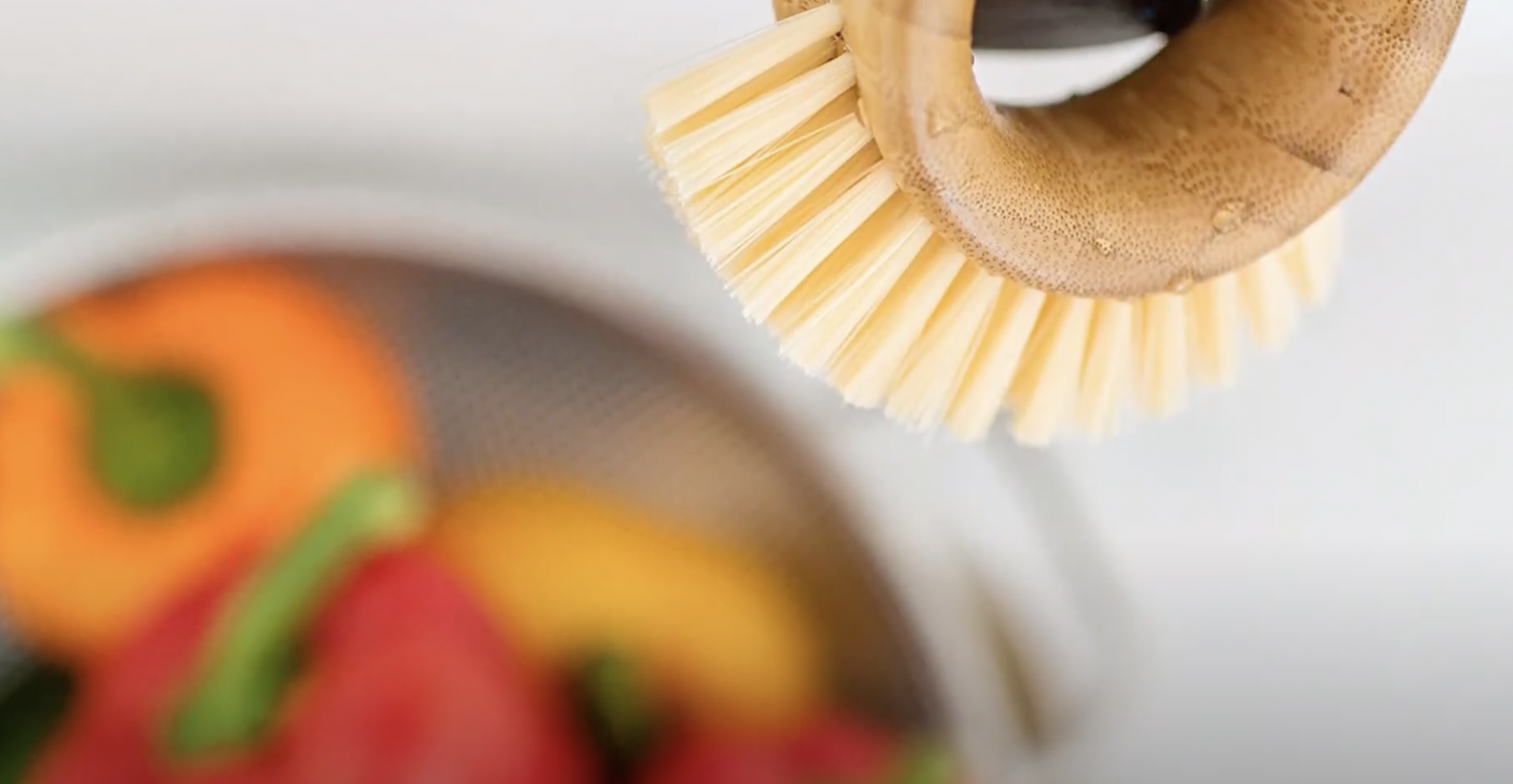
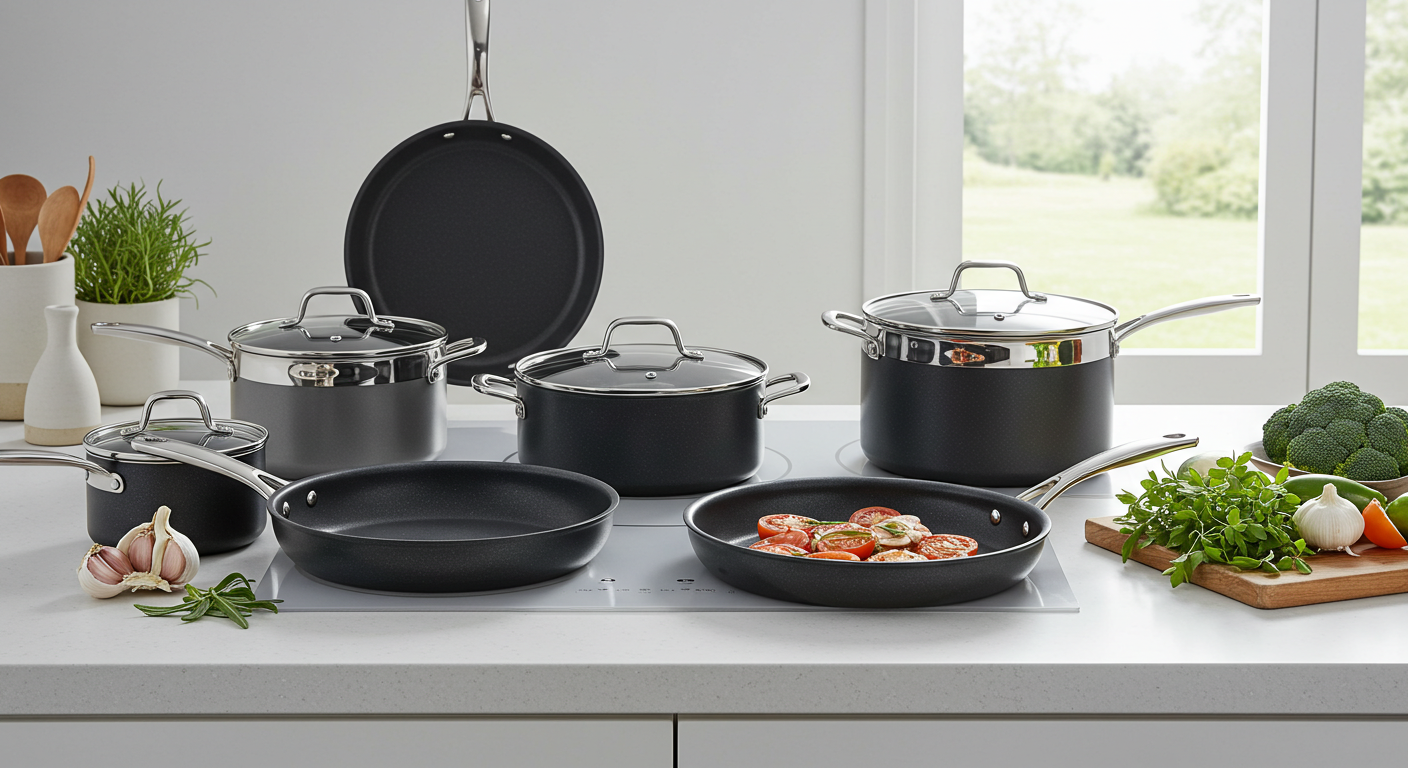
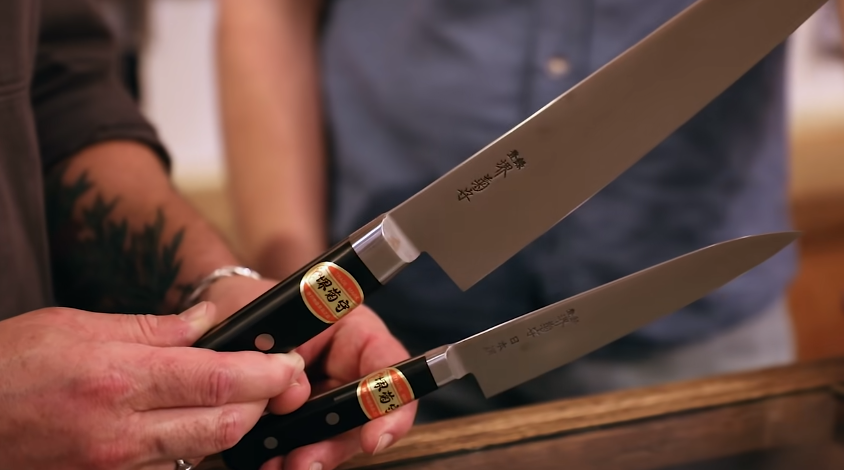
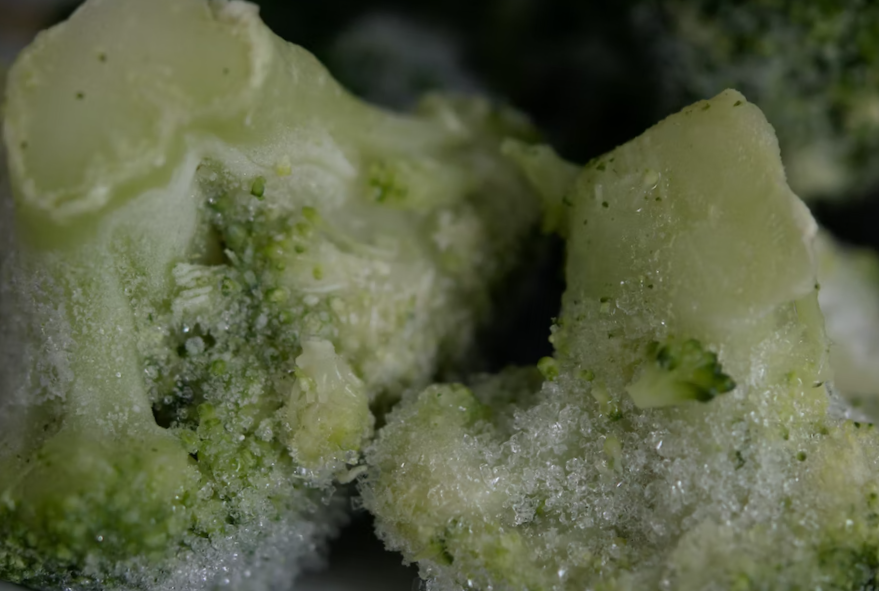
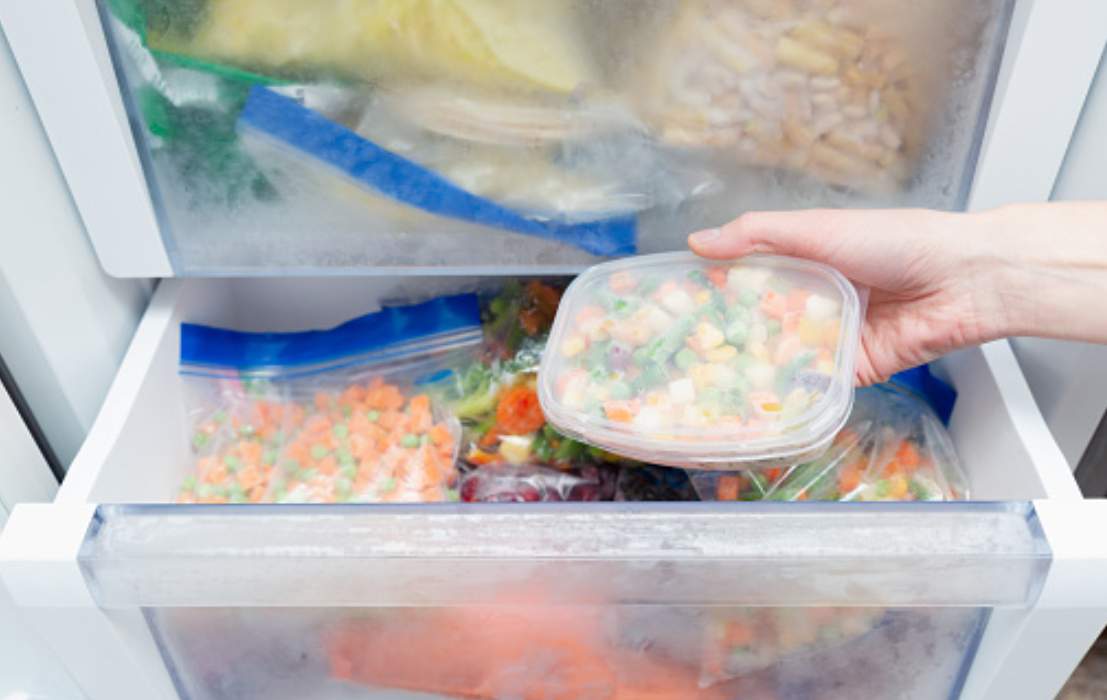

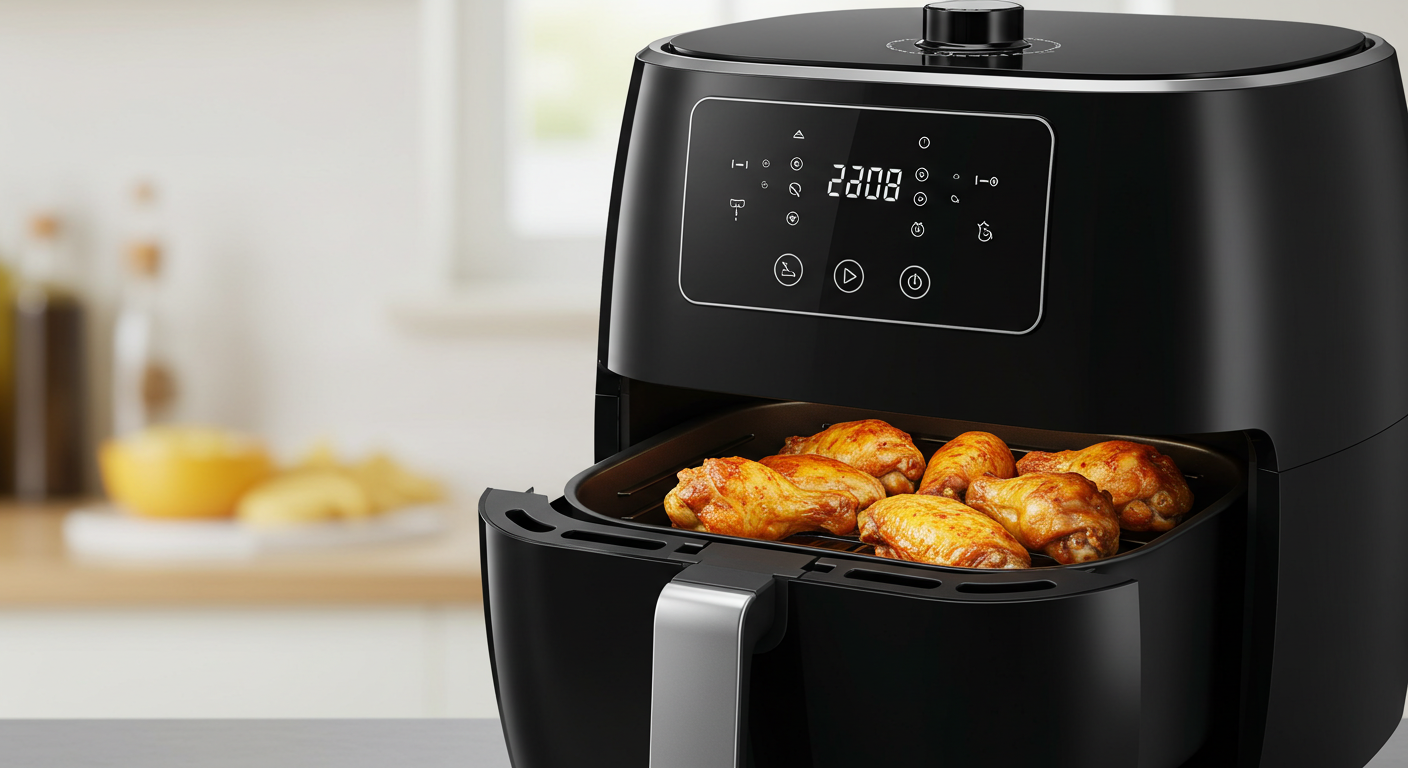
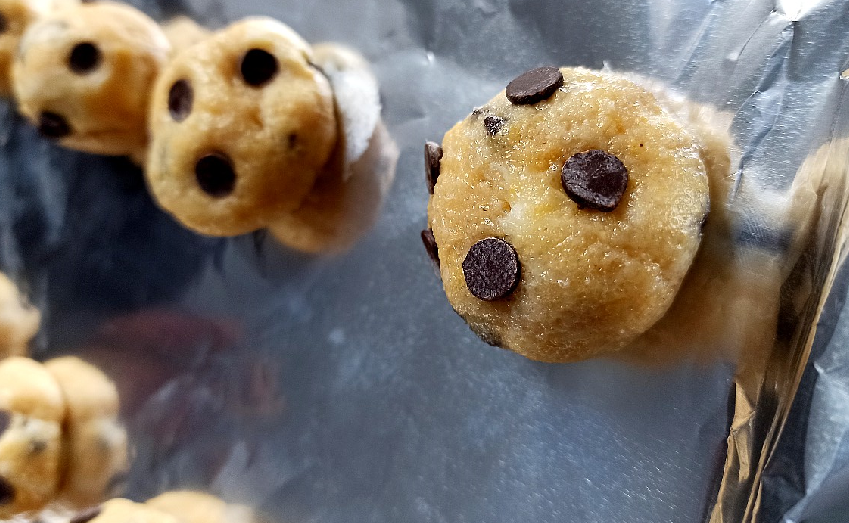
![Can you Cook Eggs in the Microwave? [Complete Guide]](/assets/images/c1f79d1cad59f18f9b5dc31403bd0eb2.png)
